Abstract Submission Information
Invitation to Contribute / Call for Abstracts
A peer review process will evaluate the abstract proposals based on the following criteria: innovation, interactive elements, speaker experience, science and originality of the material, timeliness of the information, clarity, and educational value. Abstracts should be double-spaced and no more than 300 words, with no more than two figures/tables. Please submit an abstract and a brief CV (one page) via the abstract submission portal (HERE) by June 9th. An independent panel of judges will invite the top submissions for a presentation. Authors of accepted presentations will be notified on or about the end of June.
Plenary Presentation: Each plenary presentation will be 20 minutes, and an additional 10 minutes for questions.
Focus Presentations: Each focus presentation will be 10 minutes, and an additional 5 minutes for questions.
Lightning Talk Presentation: Each lightning talk presentation will be 5 minutes with a rapid question and answer session at the end of the session.
Poster Presentations: The poster presentation session will be 45 minutes.
Themes for ALL IN: Addressing Health Disparities, Barriers, and Inequities through Health Informatics
We invite researchers, developers, health professionals, information management professionals, data and information scientists, and students to submit abstracts. While we anticipate that the focus will be on the topics listed below, we welcome contributions addressing other relevant topics or in the field of general Health Informatics.
Theme 1: Telehealth and Remote Monitoring Technologies
- Leveraging digital technologies to improve access to care, enhance patient-provider communication, and promote health equity for all populations.
- Telehealth and remote monitoring technologies that provide access to specialized care and reduce barriers to care such as transportation and time off work.
- Remote monitoring technologies will help patients manage chronic conditions and avoid hospitalizations, reducing health care costs and improving overall health outcomes.
- Rural health.
- Remote learning for health care.
- Educational programs in health informatics and remote learning.
- Home Hospital, Home Health.
- Aging in place.
- Patient-Driven Health Informatics.
- Community partnerships and health informatics.
Theme 2: Infodemic: Disinformation and Misinformation
- Barriers to health care – public and population health impact.
- Data Collection and Analysis
- Health data collection and analyses that can identify disparities in health outcomes, access to care, and health behaviors among different populations leading to targeted interventions and programs that address specific health disparities and barriers to care.
- Bias, inaccurate data, and research based findings/substantiated data in databases.
- Analytics to address social needs and improve outcomes.
Theme 3: From Theory to Practice
- Demonstration or reports on case studies using new enabling technologies.
- Challenges that affect marginalized communities, particularly those experiencing systemic inequalities due to factors such as race, ethnicity, language, cultural, socioeconomic status, and geographic, with emphasis on rural location.
- Health outcomes and better adherence to treatment plans, particularly for patients who may face language, cultural, and economic barriers to accessing health care.
- How informatics addresses disparities and inequities.
Theme 4: Education of the New Generation of Health Professionals
- Introducing Diversity, Equity, Inclusion, and Access into curricula.
- Recruiting diverse teams.
Theme 5: Access and Communication
- Leveraging digital technologies to improve access to care, enhance patient-provider communication, and promote health equity for all populations.
- Exploring the improvement of patient-provider communication and collaboration, which is critical in addressing health disparities.
- Digital Divide post-pandemic.
- Cultural and generational differences in communication.
Website Submission Portal Items
1. Presenter’s full name, credentials, email address and institution.
Abstract infomation below (Up to 300 words, double- spaced).
2. Title (Up to 75 characters).
3. Author list. *Important Note: The first author will be the presenter at the meeting.
4. Brief CV of author (one page)
5. 250-word biography for website
6. Headshot for website
7. Keywords: Select at least 3 keywords for the submission. The planning committee will use these keywords to group the presentations and posters thematically. Keywords should be ordered from most to least relevant.
8. Statement of Significance (Up to 150 words).
9. Research Stage. Select the research stage: Idea/Early Stages, In Process, or Complete.
10. Submission type. Select the submission type for the abstract: plenary, focus, lighting talk, or poster.

